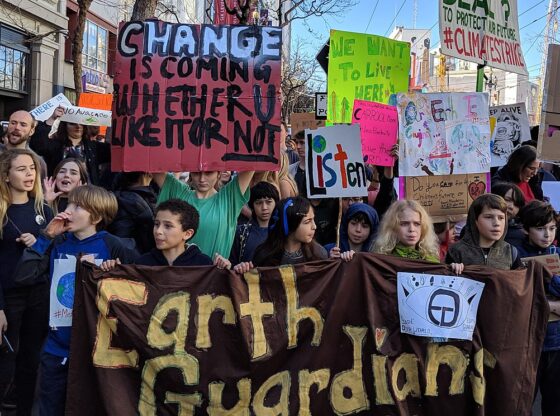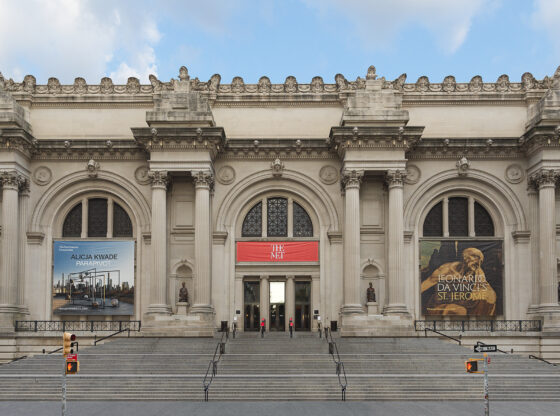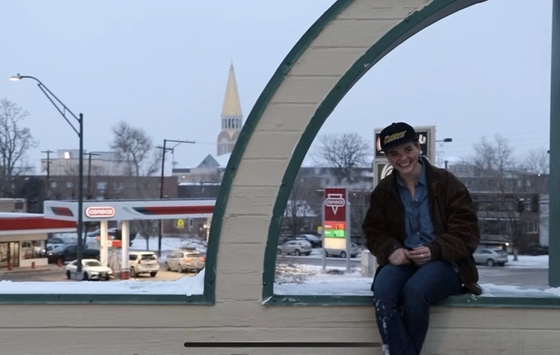Members of the DU community offer suggestions for what students can do to get involved in fighting human trafficking.
According to the CNN Freedom Project, there are approximatley 27 million slaves in the world today.
Children, adults and the elderly work in sweatshops, harvesting cocoa and cotton and toil in mines. Some are paid next-to-nothing while others are paid nothing at all.
The enormity of human trafficking is overwhelming. The problem seems far to big for one, two or even one hundred college students to be able to make a difference.
Laurel Mazur, a junior at DU, has spent much of her time at DU working at the Human Trafficking Clinic at the Josef Korbel School of International Studies.
Mazure is currently the only undergraduate who works at the clinic, but students can apply to become associates and dedicate their time to research in trafficking.
Carl Raschke, a professor of religious studies and chair of the Department of Religious Studies, has been involved in efforts to promote awareness since about 1987.
He first encountered human trafficking through research into the connection between certain forms of organized crime operations and the trafficking of children.
“Slavery is the scourge of the modern age, and we thought we had stamped it out a century ago, but this is happening everywhere – even in America, even in Colorado – right under our eyes,” said Raschke.
Mazur and Raschke agree that ending slavery will not come from one individual’s action, but from the collaboration of many who are passionate about the freedom of all human beings.
“Students can’t be effective activists unless they are armed with the kind of sophisticated knowledge that entities like the HTC [Human Trafficking Clinic] provide,” said Raschke.
As Raschke points out, a huge step to ending slavery is awareness.
Raschke and Mazur recommend a variety of organizations, websites, documentaries and books that give students vital information about modern-day slavery.
Abolition, an on-campus group, is an extension of the Human Trafficking Center. It is primarily involved with undergrads.
In Denver, there is also the Laboratory to Combat Human Trafficking and Love146. All three groups can be reached through Facebook.
“‘Human Trafficking: A Global Perspective’ by Louise Shelley is a good starting point for people wanting to learn more about trafficking,” said Mazur.
Films and documentaries are also a good way to become aware of the issues, as well as share information with others.
According to Raschke, spreading the truth about modern-day slavery is one of the best ways students can combat human trafficking.
Mazur and Raschke recommend the documentaries “At The End of Slavery,” “Very Young Girls,” “Not for Sale” and “Trade.” Mazur also highly recommends the film “Call + Response.”
“Call + Response,” a documentary made by musicians Natasha Bedingfield, Switchfoot and Matisyahu, provides an interesting, heartbreaking and informative look into modern day slavery.
Their website (http://www.callandresponse.com/) also offers many ways that individuals can act in the battle against slavery.
Slavery also prevails in the production of goods.
Consumers may unknowingly support slavery through their purchases of food, cosmetics, appliances and clothing.
Mazur recommends the website Slavery Footprint (http://slaveryfootprint.org/), where students can take surveys that tell which products they purchase are likely made by slaves from around the world.
The Not For Sale campaign provides Free2Work. This application can be downloaded on an iPhone, Android or accessed online. It shows how “free” products are by giving ratings for specific brands.
“I am committed to do whatever in my own personal way I can to contribute to its hopefully eventual eradication,” said Raschke.
Students interested in getting involved may contact the HTC at info@humantraffickingclinic.org, Carl Raschke at carl.raschke@du.edu or Laurel Mazure at laurel.mazure@du.edu.










